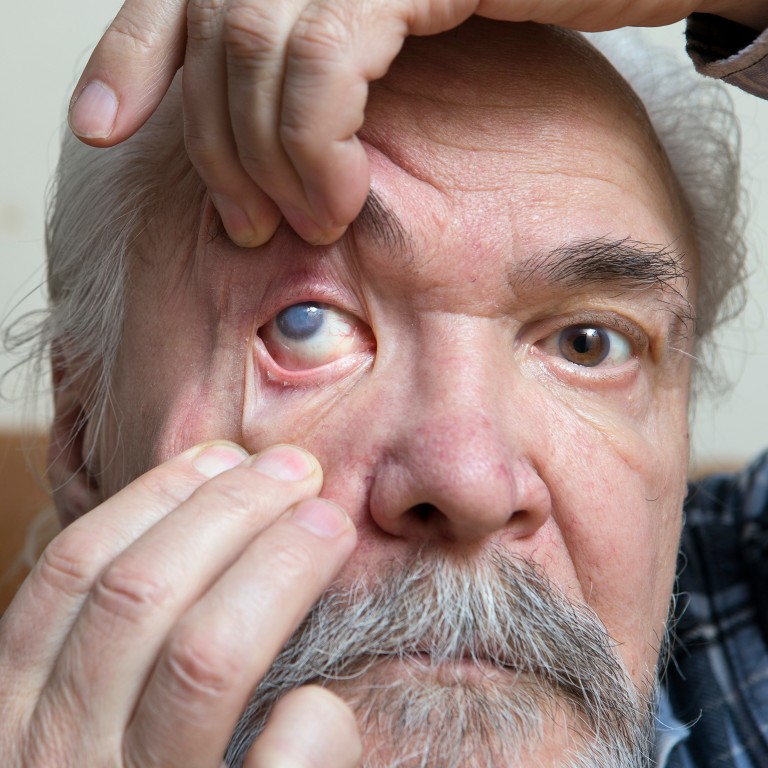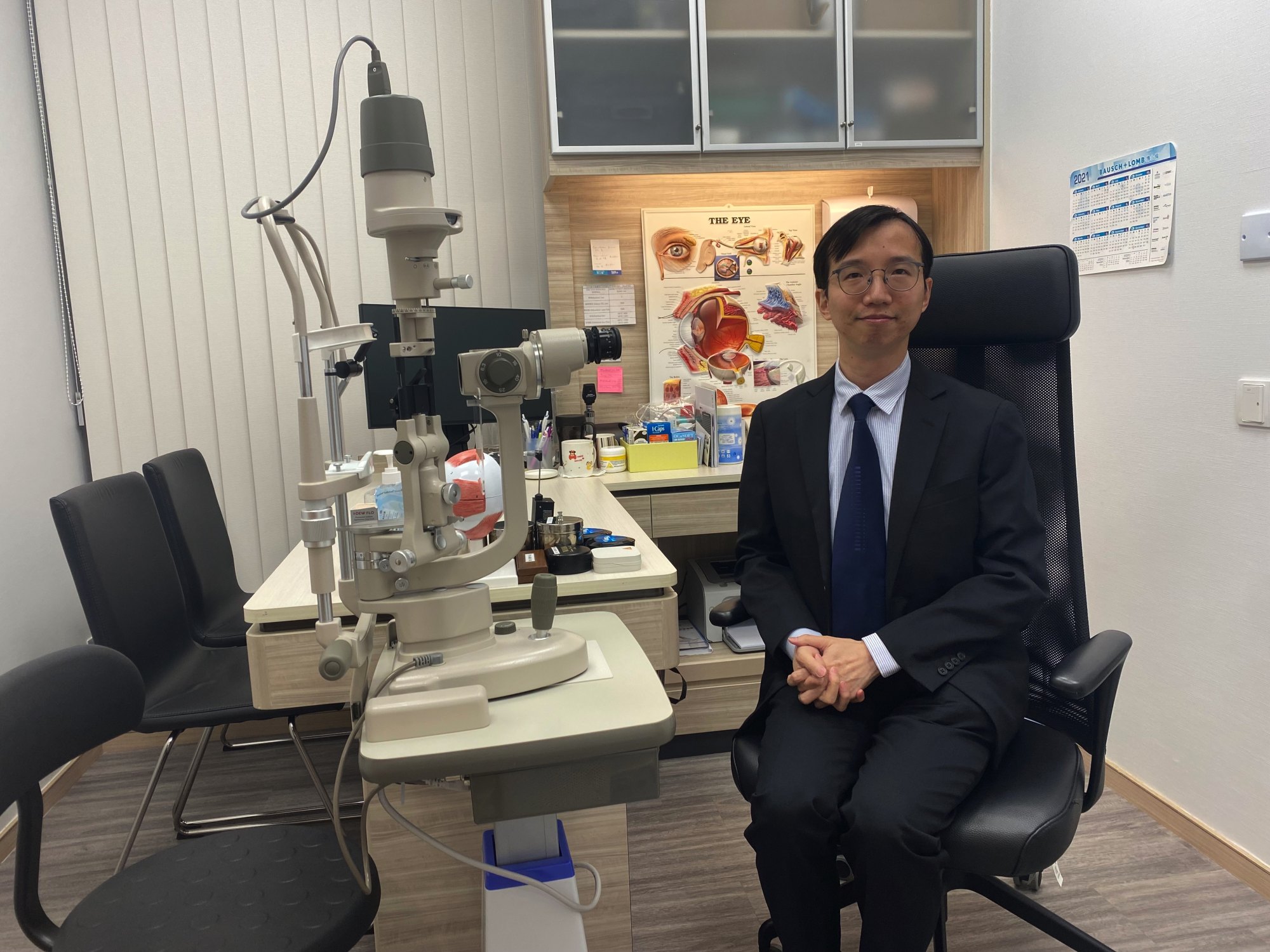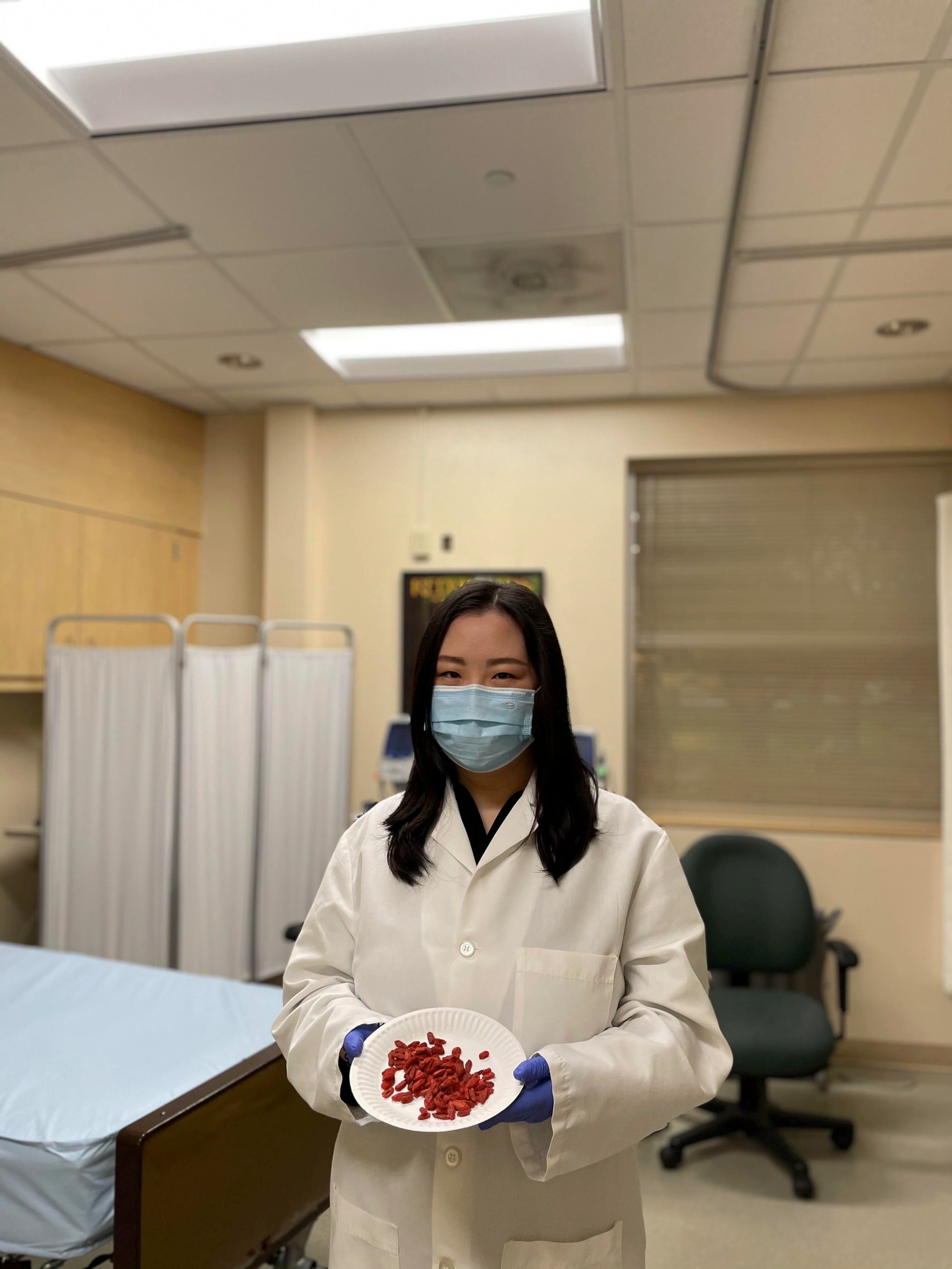
What to wear to lower the risk of having cataracts – sunglasses – and what to eat: goji berries for an ‘eye-brightening effect’, according to traditional Chinese medicine. Avoid smoking, too
- In Cataract Awareness Month we’re reminded of the risk of cataracts – opacities on our eye lenses that blur our vision and, if not treated, lead to blindness
- To lower your risk of getting them, wear sunglasses to avoid eye injury, add goji berries to your diet and don’t smoke. Meanwhile, new treatments offer hope
There are many great reasons to wear sunglasses: they will hide how tired you look, make you look enigmatic and support a disguise. But there’s one that’s more important than any other: sunglasses help protect your eyes from cataracts.
What are cataracts? Put simply, says Lau, “they are opacities in the lens of the eye which can lead to blurry, hazy or less vibrant vision” – as if all the colour in the world has leached out.
In healthy eyes, light can pass through the lens to the retina, allowing us to see details. A cataract creates a haze on that lens, blurring vision. Left untreated, it will eventually lead to blindness.

The World Health Organization estimates that cataracts affect about 65.2 million people globally, and cause moderate to severe vision loss in more than 80 per cent of cases.
While ageing is the primary cause of cataracts, making them difficult to prevent, there are other causes. They include eye injury – hence the imperatives of good protective sunglasses; metabolic diseases such as diabetes; and use of drugs including steroids. There is also an increased risk of cataracts in smokers.
As cataracts develop, patients complain of blurred vision, and any refractive errors become more severe.
Those errors include myopia, or nearsightedness, a common condition in which you can see objects near to you clearly, but objects farther away are blurry.
This occurs when the shape of your eye causes light rays to bend, or refract, incorrectly, focusing images in front of your retina instead of on your retina.
‘There’s hope now’: how a poor rural boy was saved from going blind
Astigmatism is another refractive error, a common and generally treatable imperfection in the eye’s curvature that causes blurred distance and near vision.
Cataracts are not usually painful until they become too mature, leading to a rise in intraocular pressure, Lau says. That is why eye exams are so important – to register changes, especially those that develop with age, as early as possible so they can be addressed before sight is compromised.

The lead author, Xiang Li, says goji berries contain lutein and zeaxanthin: yellow pigments, carotenoids and antioxidants known to slow cataract formation.
Goji berries are the fruit of two species of shrubby bushes – Lycium chinense and Lycium barbarum – native to northwest China. The berries are a common ingredient in Chinese soups and teas and, dried, are eaten as a snack much like raisins and sultanas.
Li, who grew up in northern China, says that in traditional Chinese medicine, “goji berries are known for an ‘eye-brightening effect’”, a vague descriptor because it doesn’t detail which part of the eye goji berries will brighten nor which eye disease they might target. Li interprets eye-brightening as an overall vision improvement.

There could be a number of reasons for this. Visual impairment can lead to people becoming withdrawn and isolated – social isolation has recently been identified as a risk factor for dementia. Poor vision affects a person’s drive to exercise, the lack of which is another dementia risk.

Being visually impaired may accelerate or exacerbate neurodegeneration, in which nerve cells or the nervous system starts to break down, affecting our cognitive abilities. After cataract surgery, though, researchers have seen an increase in grey matter.
Professor Barbara Pierscionek at Anglia Ruskin University in the UK worked with Wang on a recent study that explored non-surgical cataract intervention. She notes that “surgery is not without risk and patients would much prefer to avoid surgery if a drug treatment were available”.
Their findings were published in the journal Investigative Ophthalmology and Visual Science. It has shown positive results using a topical compound on mice with genetic cataracts. The tests involved using the most advanced methods for measuring the optical quality of eye lenses and showed remarkable differences in lenses treated with the compound compared to eyes in the same mice which were not treated.
How could doctors forget to remove my sutures? Cataract patient has surgical thread stuck in eye for two years
The pair wrote: “Our work is the first to measure the effect of anti-cataract drugs on the lens optics. The effectiveness of this compound is only found in some types of cataract but not in all, suggesting this compound may be valid for some cataract types but not for all. This is an important step forward, making eyedrops treatment for cataract possible.”
Given that surgery is the only current treatment available, the impact of such a non-surgical intervention has wide-ranging and exciting potential.

